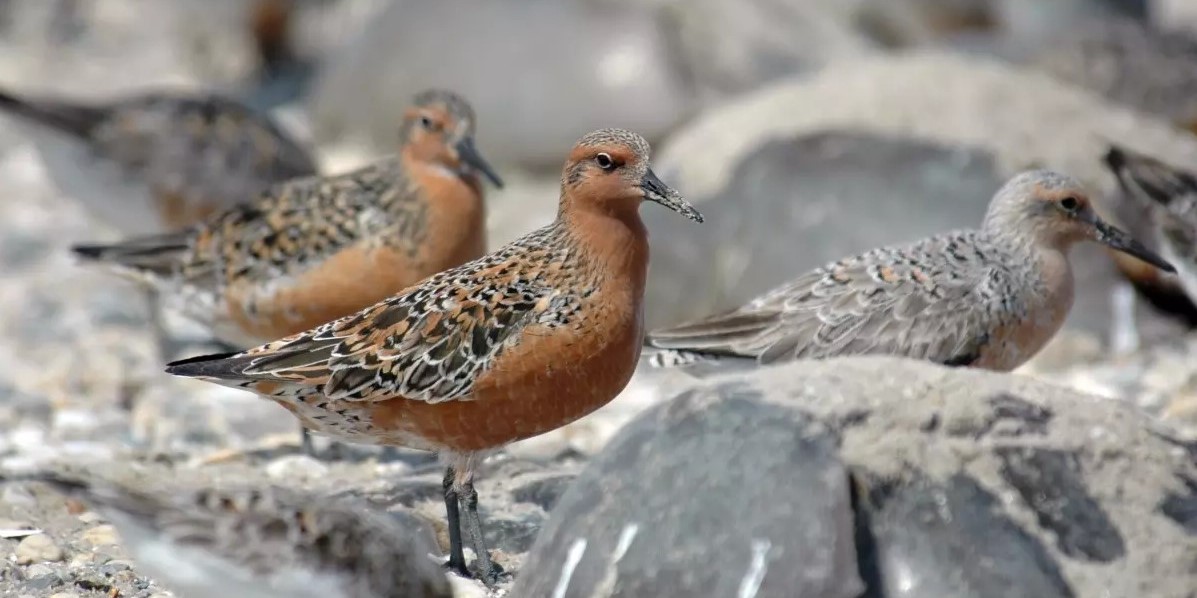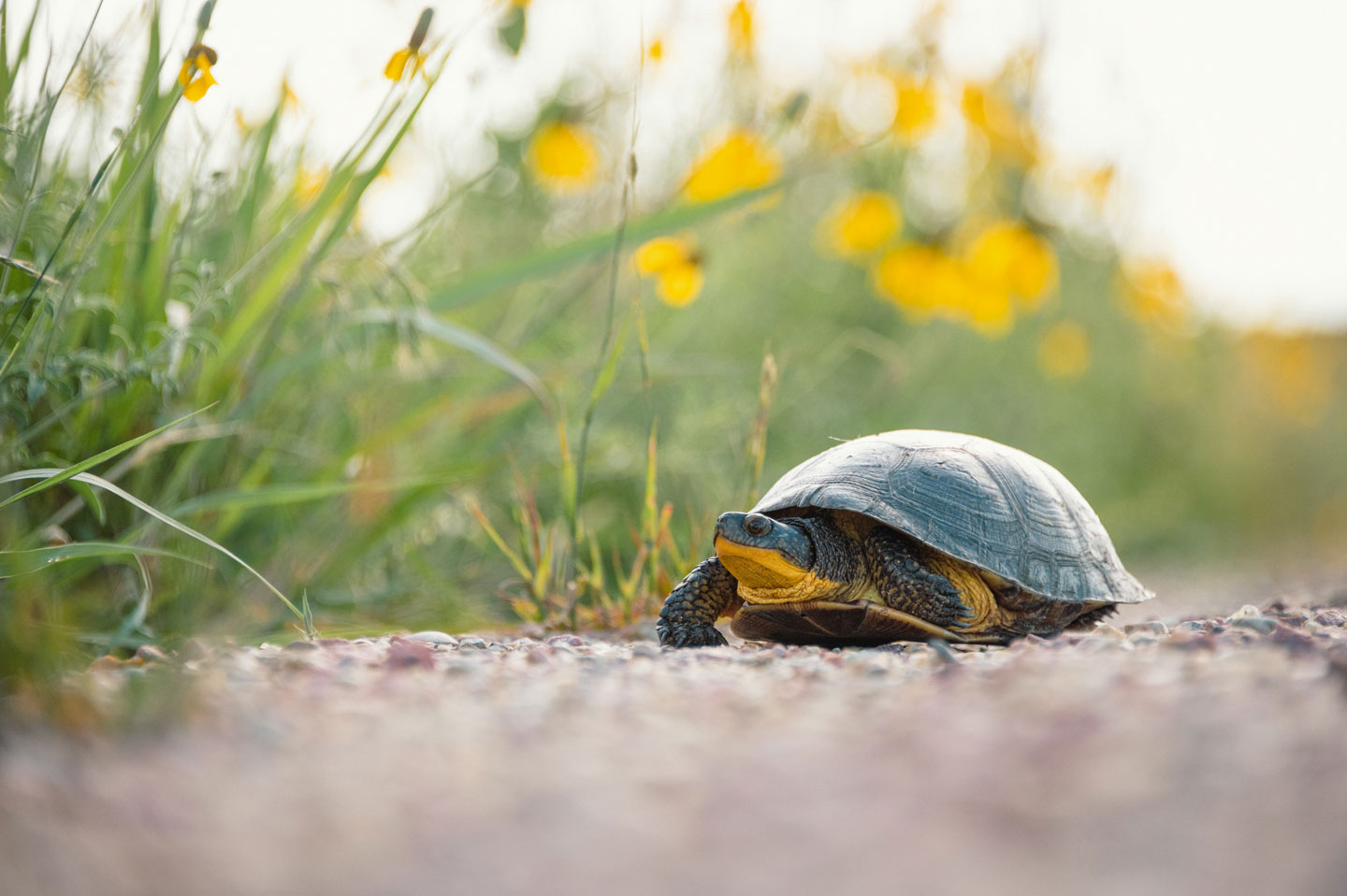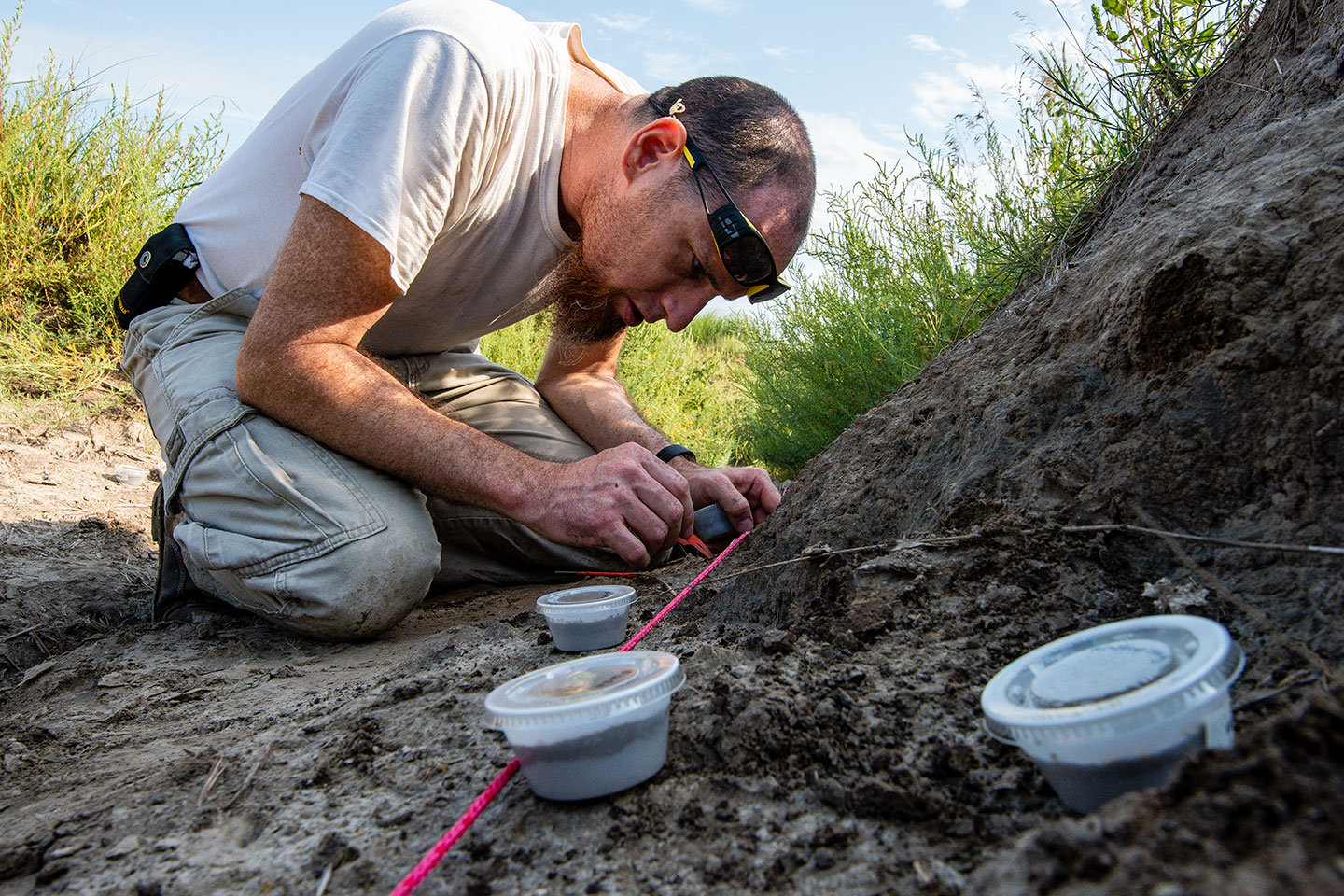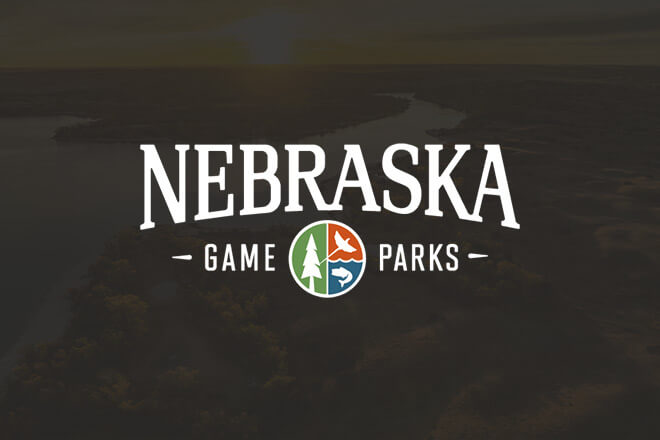Rufa red knot
Status: Threatened

There are three subspecies of the Red Knot which reside in the western hemisphere – C.c. islandica, C.c. roselaari, and C.c. rufa.
At approximately 9 inches in length, the Rufa Red Knot (Calidris canutus) is about the same size as an American Robin. This short, stocky species is characterized by a short, straight bill and short, thick legs. Winter plumage is similar among sexes and features light grey belly with grey speckled back and wings. It also has a dark grey eye band with the males being more prominent that the females. During breeding (summer) plumage, the male’s breast and cheeks become pale reddish-orange.
Range
The range of the Rufa Red Knot is extreme. They are one of the longest distance flyers of any shorebirds. They spend the summer breeding season in the tundra of extreme northern Canada from Hudson Bay north to the Queen Elizabeth Islands. In the fall, they migrate through the United States to their wintering grounds along the southern U.S. coastline as well as the coastlines of Central and South America.
With a wingspan of only 20 inches, this small species often migrates over 9,000 miles each spring and again in the fall.
Diet
The diet of the Rufa Red Knot depends on where it is within its range. At the start of the summer breeding season in the tundra of the Canadian artic, they may rely on green vegetation and seeds before insects are available. Once insects emerge, they feed on terrestrial insects as well as snails, mussels and bivalves of the nearby ponds and streams. During migration and in their winter habitats along shorelines, bays and inlets, they feed on aquatic invertebrates including aquatic snails, crustaceans, mussels and bivalves. They swallow the entire prey – shell and all.
While migrating, nearly all individuals take refuge in the Delaware Bay where they feed extensively on horseshoe crab eggs.
Habitat
The habitat of the Rufa Red Knot depends on the season. In the summer breeding season, they can be found along the shorelines and mudflats of Hudson Bay and Queen Elizabeth Islands. They nest in the barren tundra inland of the shore, but usually near a pond or stream.
During migration and throughout the winter, they can be found on shorelines, mud flats and tidal zones. The migration of nearly all Rufa Red Knot individuals includes a resting period in the Delaware Bay.
Reproduction
Nests are constructed as a shallow cup-shaped depression in the ground. It is lined with leaves, grasses or lichens. Eggs range from pale to deep olive color with dark markings. Chicks are precocial and leave the nest soon after hatching. Both males and females care for young, but females leave before chick can fly. Young are able to fly at about 20 days after hatching at which them they become independent.
Population status
Although the overall species of Red Knot are listed as a “species of least concern” by the ICUN (International Union for Conservation of Nature) Red List, the Rufa subspecies is a federally listed Threatened species.
The Red Knot once migrated through the United States in huge flocks. Although flocks provide safety from predators, they also put the species as increased risk for habitat destruction. For example, if all individuals of a species pass through a specific location in one large group, all individuals are then at increased risk of being impacted by a weather system, pollution or over hunting.
Populations of the Red Knot declined in the 1800s due to unregulated hunting. The Rufa Red Knot has continued to decline since the 1960s with a more rapid decline happening in the 2000s. This decline is likely due to their dependence on the Delaware Bay as part of their migration and their feeding on horseshoe crab eggs to gain wright during migration. Human harvesting of the horseshoe crab along the entire Atlantic coast has significantly declined this critical food source.
Climate change is also presenting the Rufa Red Knot with challenges. It has been noted that the arrival of the Rufa Red Knot at the Delaware Bay has changes slightly. This has large implications for the availability of its food sources. Furthermore, the arctic tundra where they nest is changing due to changes in temperature and the quality of shoreline habitat is also likely to change due to rising sea levels.
Management and outlook
Populations of Rufa Red Knots have appeared to stabilize, but remain at historically low levels. Much of the stabilization can be attributed to better horseshoe crab harvest regulations.
The U.S. Fish and Wildlife Service also recommends avoiding new beach developments in Red Knot migrations areas as well as proper management of existing beaches (avoid introduction of non-native, woody vegetation, introduction of non-native predators).
Conservation help
Although the occurrence of Rufa Red Knots in Nebraska is rare, if you have seen one please contact the Nebraska Game and Parks Commission at 402-471-0641.
Individuals wanting to help can donate fund to the Nebraska Wildlife Conservation Fund or other agencies or organizations dedicated to the conservation and protection of all Threatened and Endangered species.
References
Rufa Red Knot. U.S. Fish and Wildlife Service, New Jersey Field Office. Online 2017.




